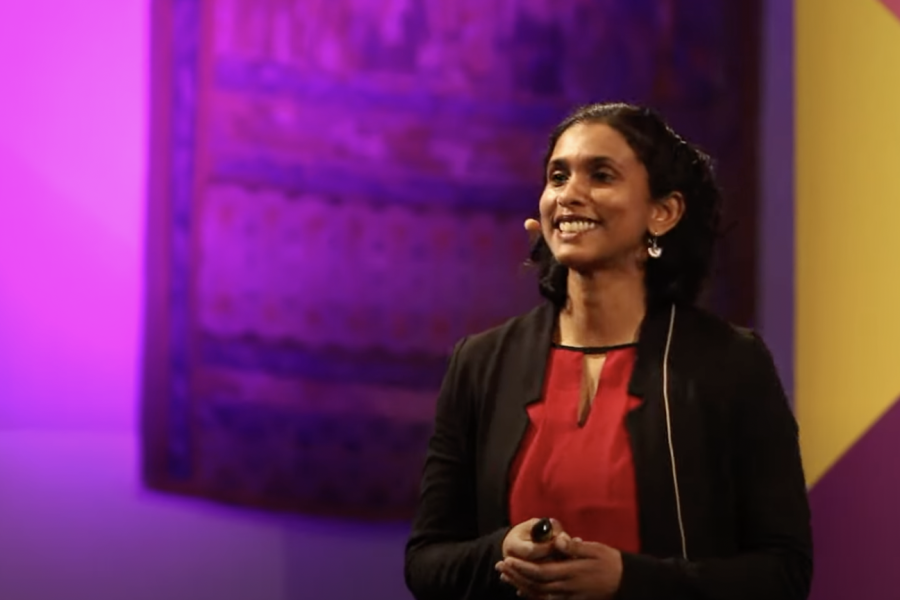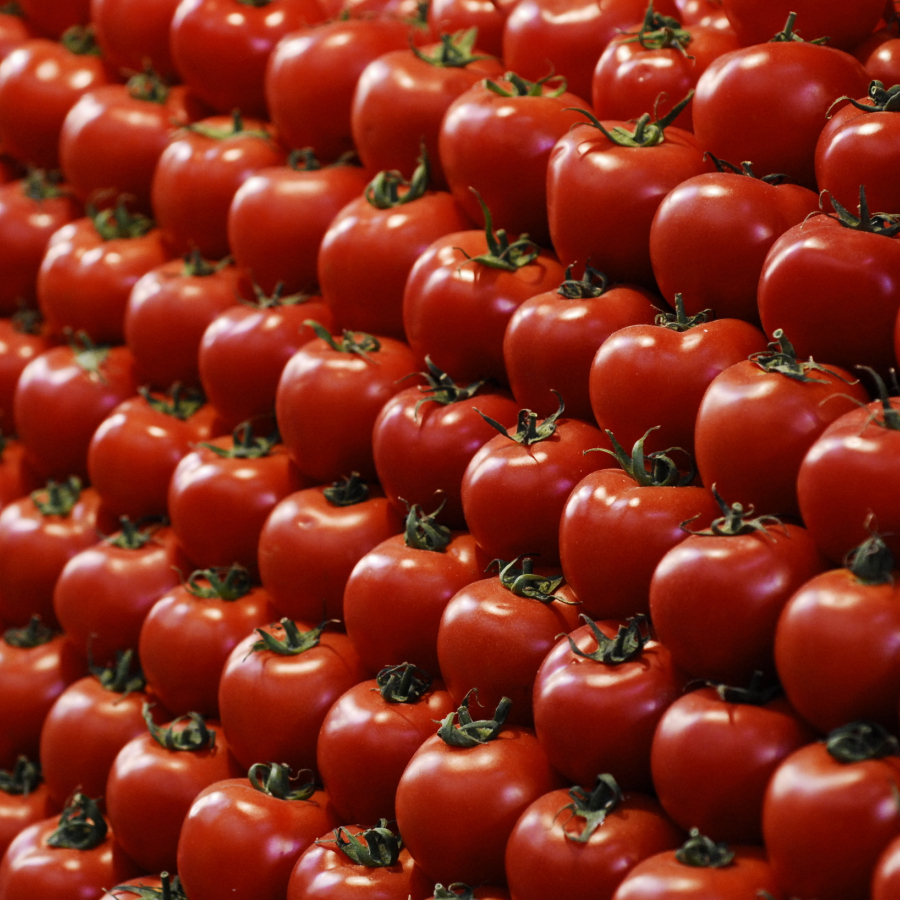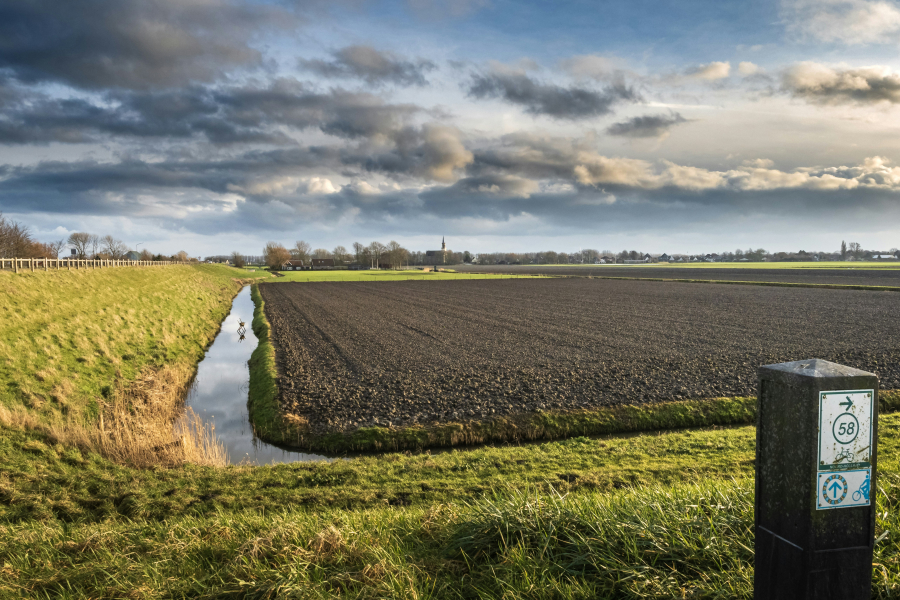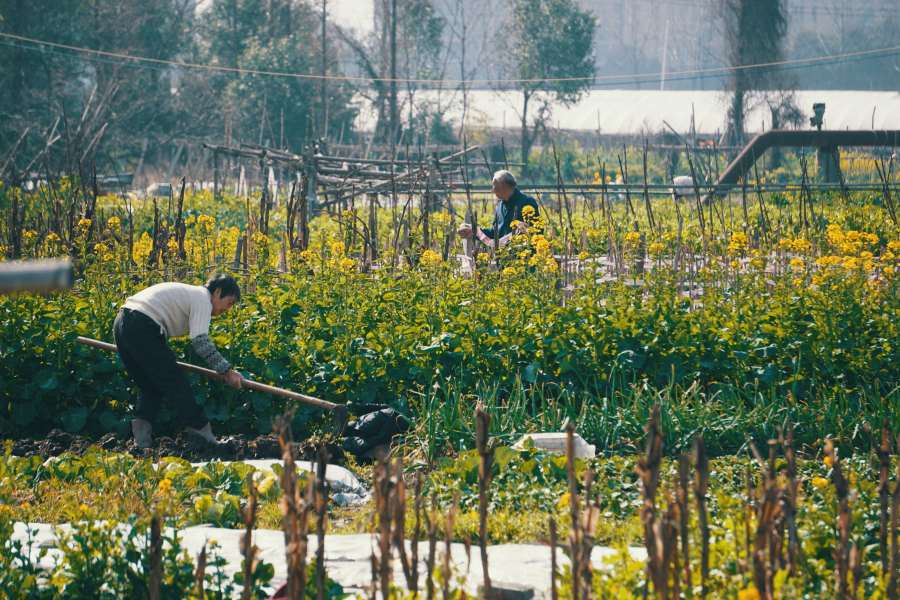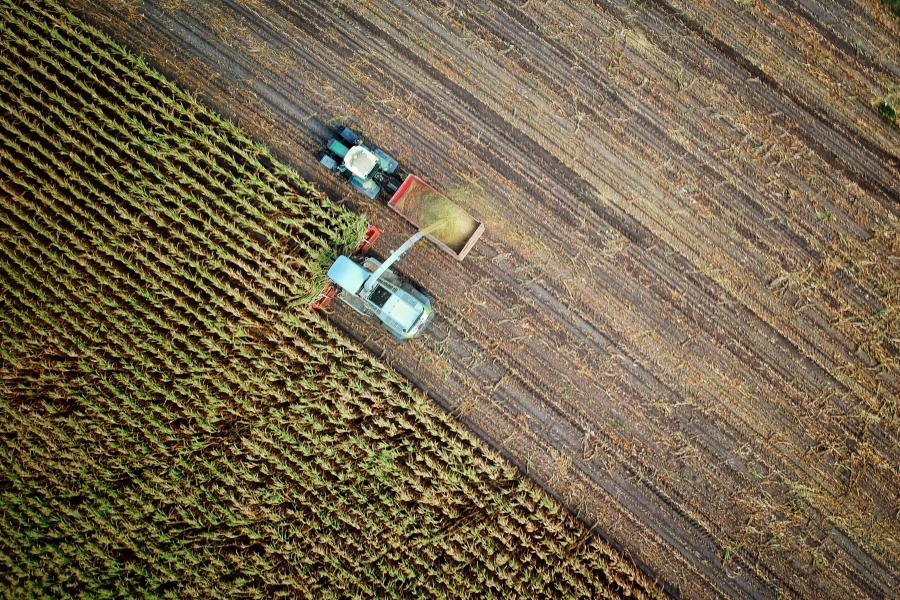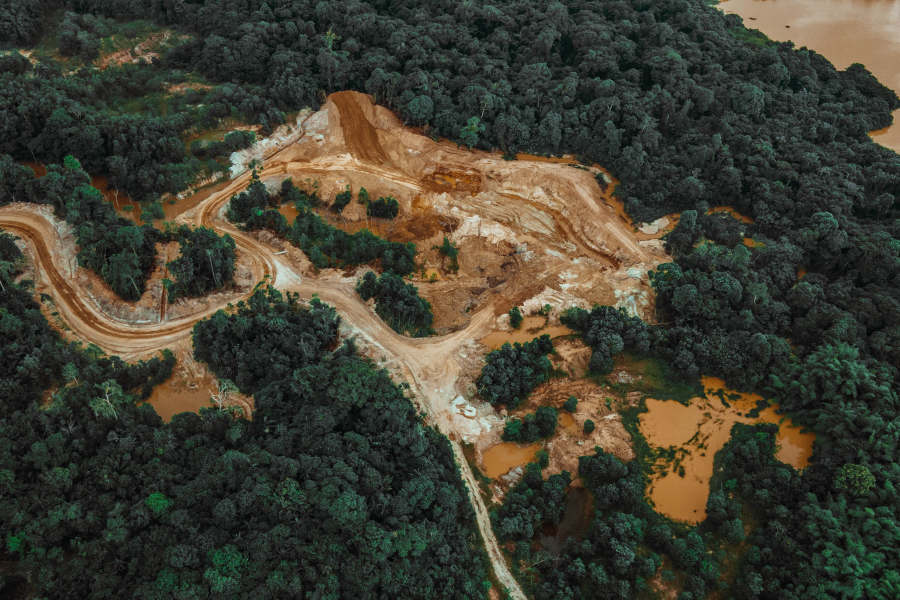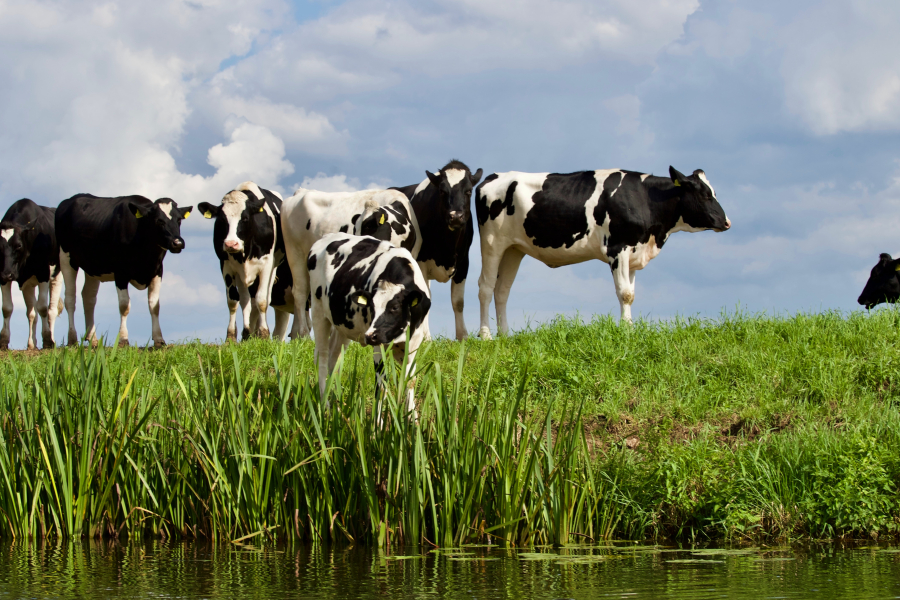Why we need a new revolution in agriculture
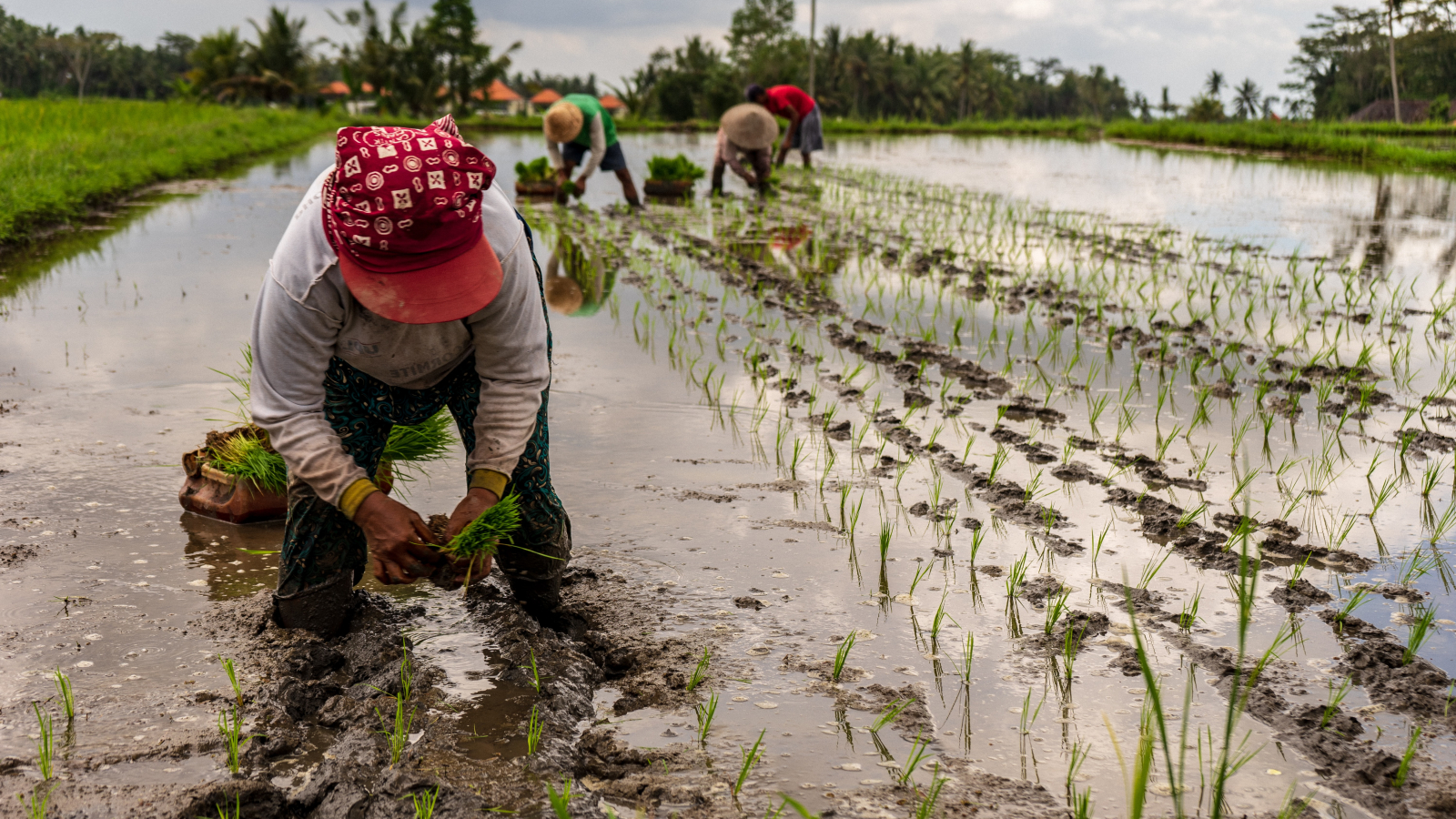
After World War II, the world's population grew explosively. Agriculture at that time was not prepared for it, and world hunger seemed only a matter of time. But before this grim scenario could become reality, the so-called green revolution transformed agriculture. Selective breeding developed new crops, doubling wheat and rice yields in Asia between the 1960s and 1990s. A food crisis was averted, and millions of farmers were lifted out of poverty.
Decades later, however, the downside of this agricultural revolution is becoming increasingly apparent. The intensive use of chemicals, fertilizers and water required to grow these crops has enormous consequences for soil fertility and genetic diversity. Farmland is being depleted and intensive monoculture is leading to loss of biodiversity. Nature is threatened more than ever, and the need for sustainable agriculture is becoming ever more clear.
Global warming
At the same time, agriculture itself is one of the biggest victims of global warming. Extreme weather conditions such as drought, heavy rains and heat waves are causing serious problems for farmers worldwide. Look at Pakistan, for example. From June to October 2022, the country was hit by devastating floods due to heavy monsoon rains and melting glaciers that followed a severe heat wave. Large areas of farmland were completely flooded, crops failed, and supply chains were cut off. This not only affected farmers financially, but millions of people across the country struggled to find enough food.
"The increasing occurrence of these extreme weather events, weeds, pests, soil erosion and salinization is the biggest challenge of the century," explains biologist Prof. Rashmi Sasidharan. Moreover, the United Nations expects the world's population to increase by another two billion by 2050. The big question of today is: How can we develop crops that can withstand the effects of global warming and yield enough without harming the environment?
A new green revolution?
Sasidharan studies how plants respond to climate stresses, and why some plants are naturally resistant to it. She explains: "There are plants in nature that are quite at home in wet conditions, for example. How can we learn from them? We call this the 'learning from nature' approach." In particular, Sasidharan looks at the molecular processes and genes that determine the enormous variation in tolerance of plant responses to flooding. By identifying these processes and genes and using them to improve our crops, her field of research is of great importance to the global food supply.
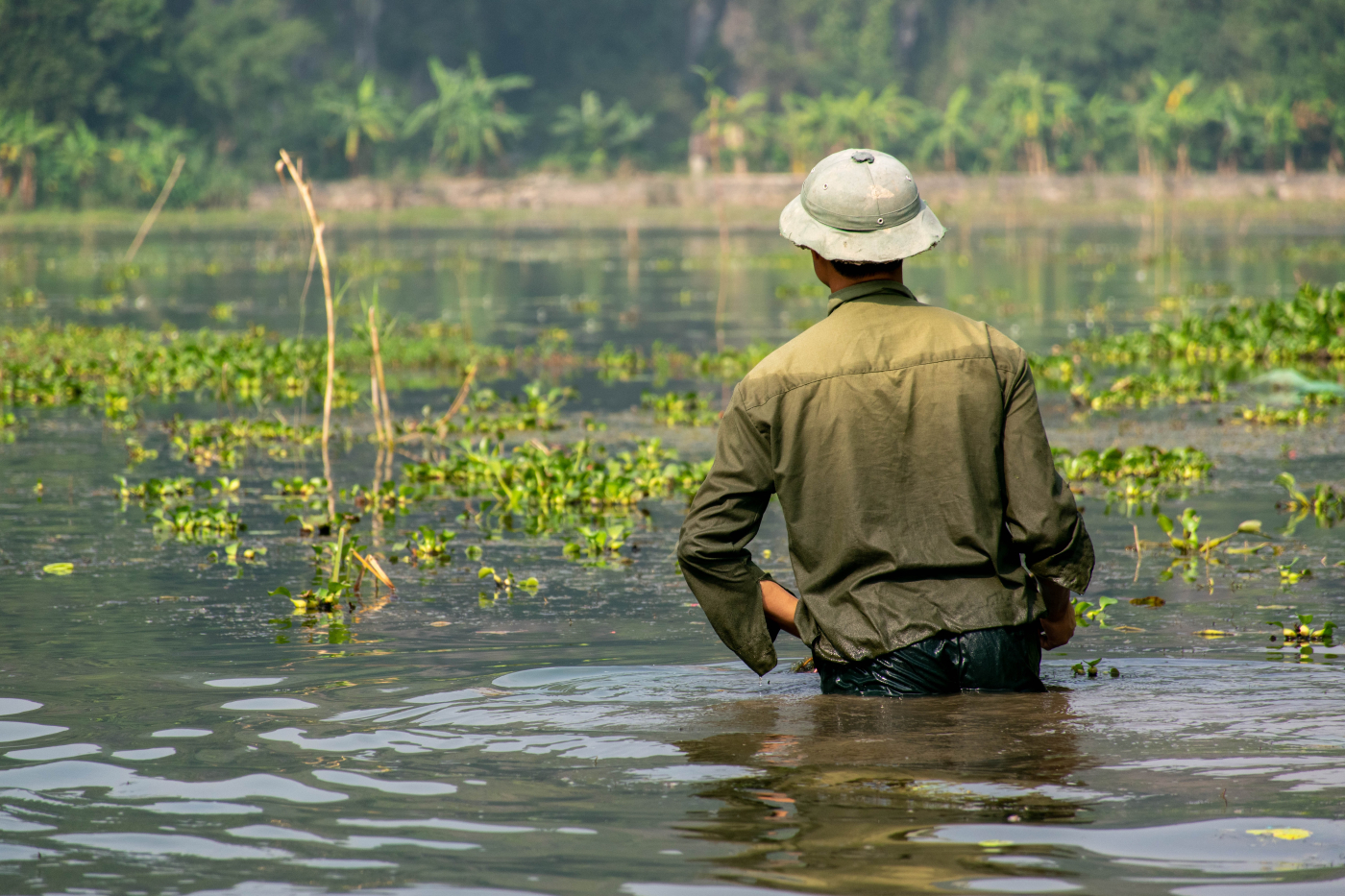
Consider, for example, FR13A, an ancient Indian wild rice variety. "This variety can survive completely underwater for more than two weeks," Sasidharan tells us. Scientists identified the specific gene responsible for this flood tolerance. By swapping this gene with a high-yielding modern rice variety that was not flood-tolerant, this rice variety was able to survive complete submersion without crop loss. These genetically modified crops are not only resistant to extreme weather conditions, but they also require less pesticides and water and are thus less harmful to the environment.
There is only so much a plant can take
This genetic modification can play a crucial role in securing future global food supplies. Scientists can now develop climate-resistant crops, making local farmers more resilient to environmental problems that could otherwise wipe out an entire crop season. But while GM offers opportunities, there is still some controversy surrounding the topic. Most critics fear the potential negative effects on human health and the impact of GM crops on biodiversity. But science refutes this, Sasidharan explains: "Everything we do is subjected to many safety protocols and extensive testing before it is released into the environment and for public consumption."
But how far can we take genetic modification of plants to address the effects of global warming? "For that, we have to look at the real problem," Sasidharan stresses. "We need to address and fight climate change. At the end of the day, there is just so much a plant can take. It is not possible to develop crops that can handle temperatures of, say, 50 degrees and still have yields." But no matter how you look at it, climate-resilient crops developed through genetic modification will play an important role in securing future food supplies. Furthermore, Sasidharan emphasises: "I hope the next time you walk into your local supermarket and look at all those gorgeous fruits and vegetables, you will realise how privileged and lucky you are to be able to have access to that in such abundance."

